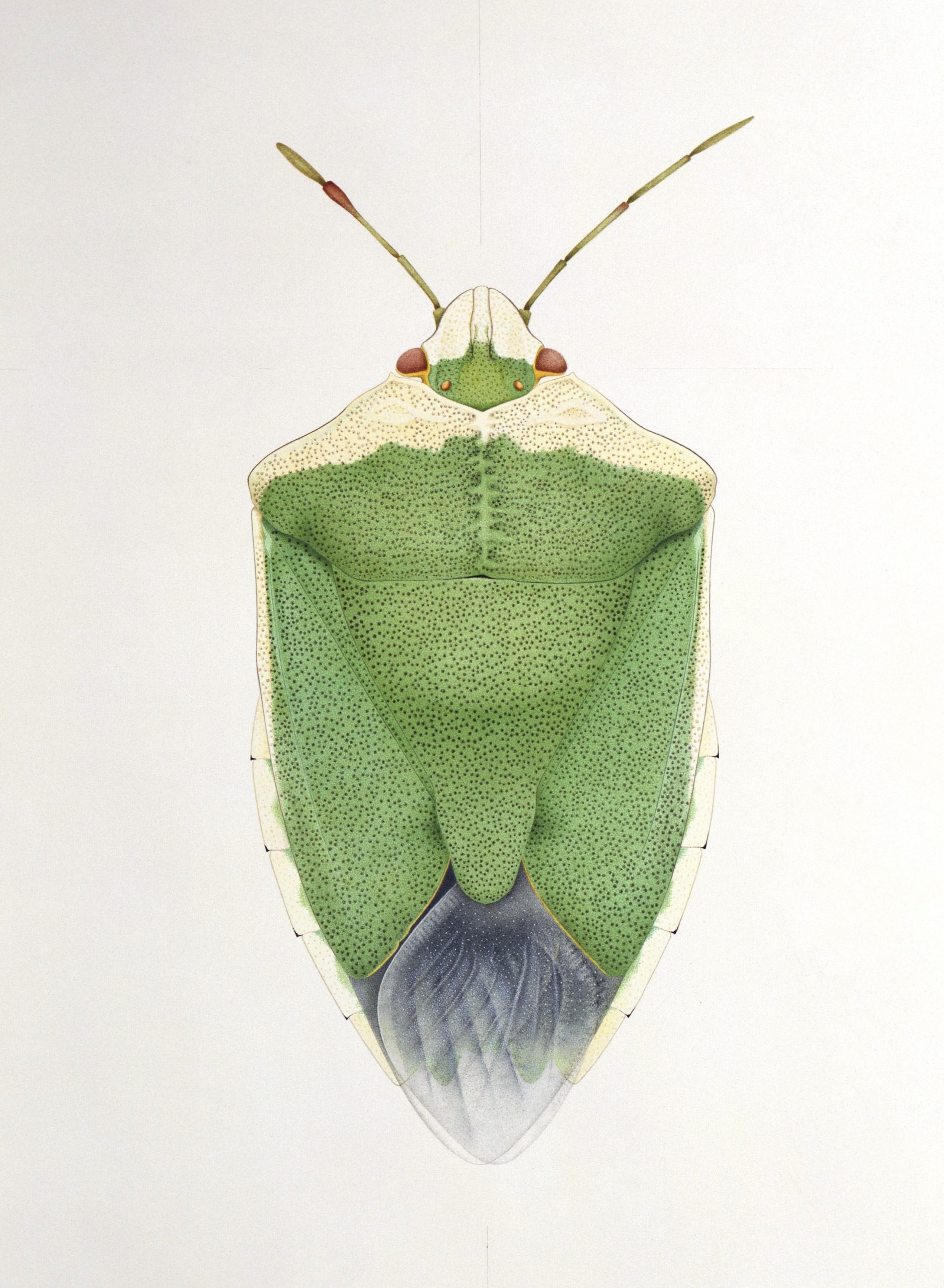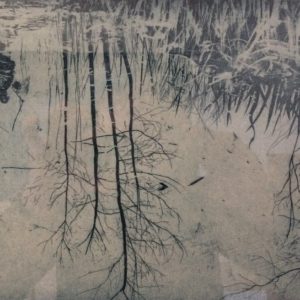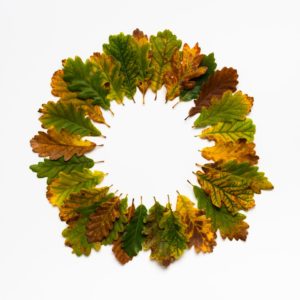- Sorry, this product cannot be purchased.
£495.00
Cornelia Hesse Honegger
Green Shield Bug, 1993
Pentatomidae, Nezara viridula
From Correns, Département Var, France.
Digital print from original watercolour
47 x 36 cm
1 in stock
Description
Cornelia Hesse Honegger
Green Shield Bug, 1993
Pentatomidae, Nezara viridula
From Correns, Département Var, France.
Digital print from original watercolour
47 x 36 cm
I collected the Green Shield Bug in this area 12. 04. 1993 as a reference biotope. I painted the insect because it was so beautiful with the different greens. Out of 128 true bugs I found, 8 had morphological deformations. A further 7 had dark patches on wings, thorax or abdomen. The area was very wild with no agriculture, as scientists ask for reference biotopes with no nuclear power plant nearby. France has over 50 reactors so it is particularly difficult to find an area free of low level artificial radiation.
About the artist
Cornelia Hesse Honegger, an exhibitor in Bugs Beauty and Danger works at the interface between art and science. Her work testifies to the beauties of an increasingly endangered nature. Describing herself as a ‘science artist,’ Cornelia worked for 25 years, as a scientific illustrator for the scientific department of the Natural History Museum at the University of Zurich. From 1969 onwards, she collected and painted true bugs Heteroptera.
She has conducted pioneering research about the effects of nuclear fallout on true bugs (Heteroptera)
Cornelia has collected, studied and painted morphologically disturbed insects, mostly true bugs, since the catastrophe of Chernobyl in 1986 . She found them in the fallout areas of Chernobyl as well as in the proximity of many other nuclear installations. Her research convincingly proves that where the radioactive fallout from Chernobyl, or normal working nuclear power plants hits ground, vegetation is contaminated. Also, insects like true bugs become to a certain extent morphologically disturbed.
Her field studies have taken place mostly in Switzerland, but also in many other locations including Sellafield in the UK. Based on these, she concludes that normal working nuclear power plants and nuclear installations are a terrible threat to nature and cause deformities on true bugs, Heteroptera. As a result of this long-term research, she and independent scientists can prove that even the lowest amount of radiation can cause cancer, illnesses, mutations and deformations. She has consequently published many studies highlighting this issue. She also exhibits her watercolours and prints internationally at museums and galleries





